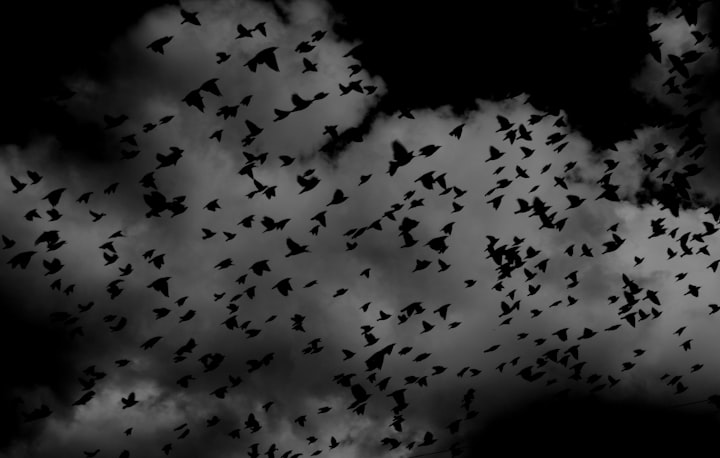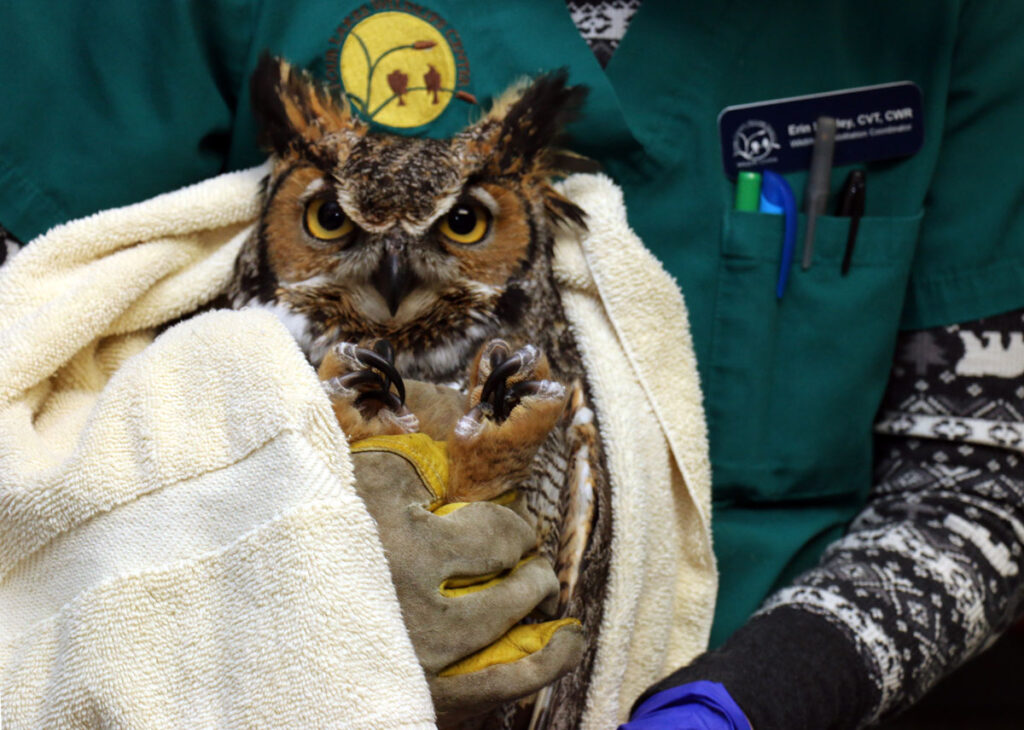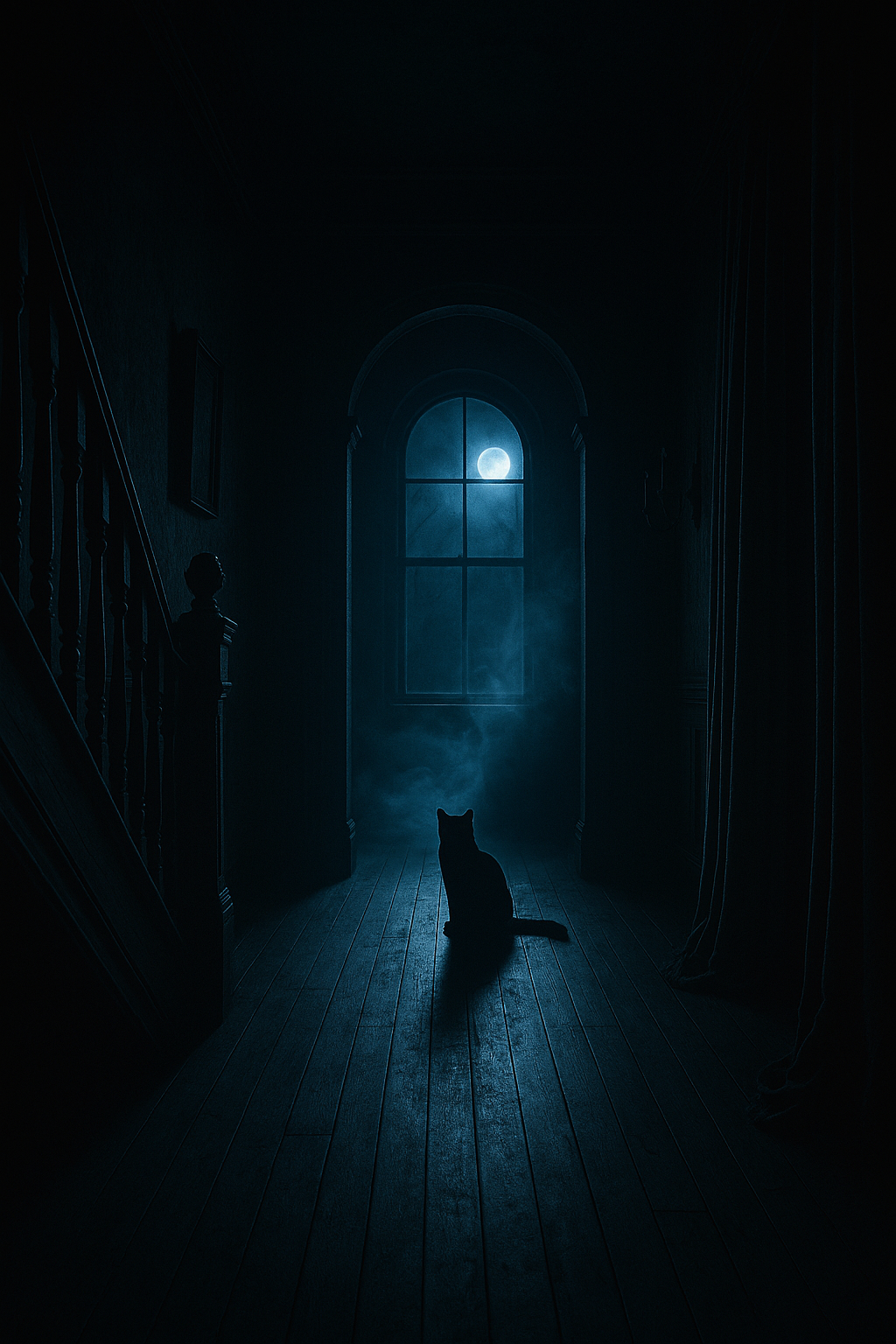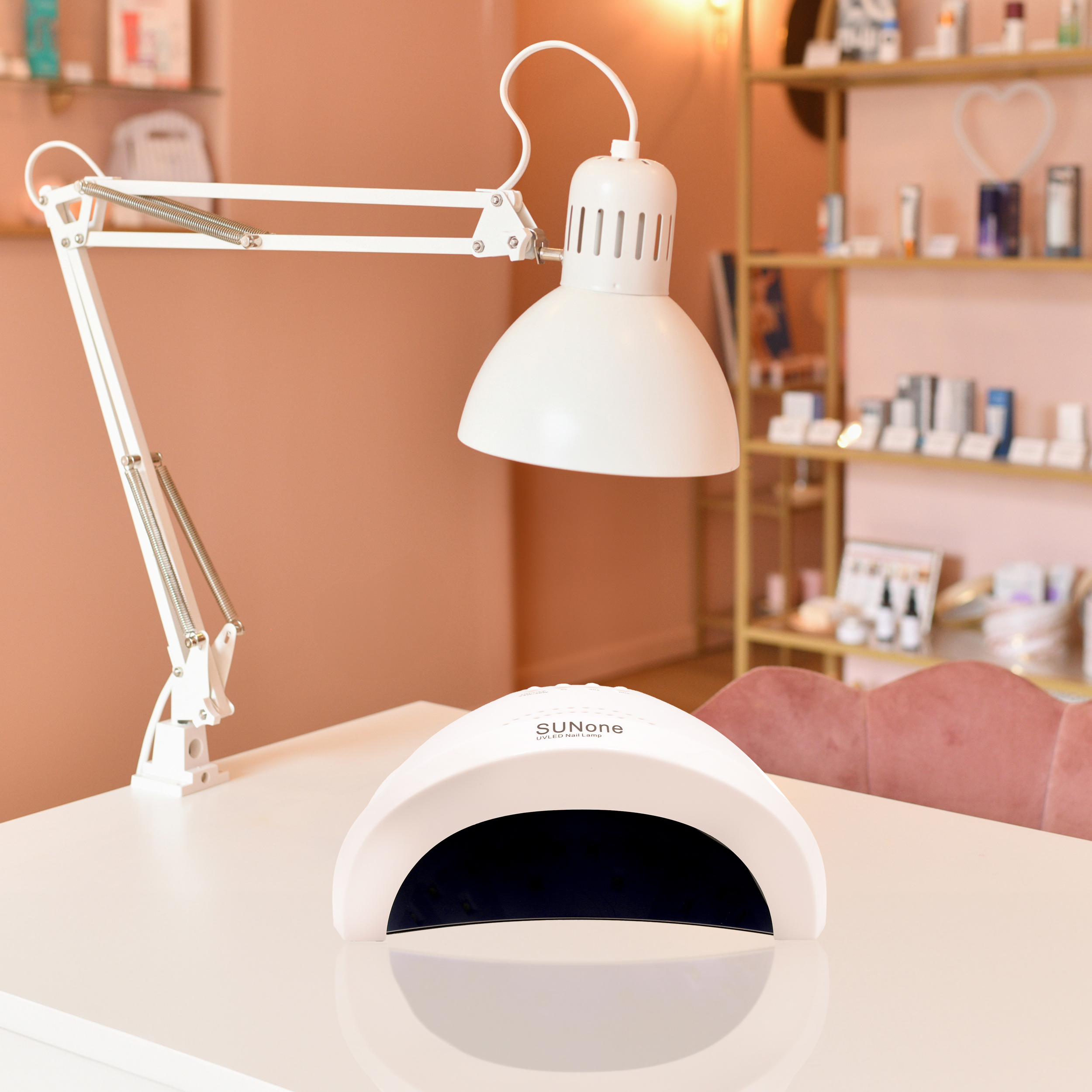Horror has always thrived on the unexpected. Sometimes that “unexpected” comes not from a jump scare, but from a pair of glowing eyes in the dark, the rustle of fur, or the sudden screech of a creature you didn’t know was there. Animals — whether real or mechanical — have long been an essential part of horror films and haunted attractions. They can make a scene more believable, add tension, or even provide an eerie sense of unpredictability that no human actor could replicate.
But working with live animals in a horror setting isn’t just about scares — it’s about responsibility, safety, and care.
The Role of Animals in Horror Storytelling
From Hitchcock’s The Birds to the unsettling hounds in The Omen, animals have an uncanny ability to unsettle us. In theme parks, haunted houses, and seasonal scare attractions, the presence of a live animal can turn a staged environment into something far more immersive. A raven perched in a dark hallway, a snake coiled near a “witch’s lair,” or a cat darting across a dimly lit corridor — each creates a moment audiences remember.

However, behind every “scare” is a lot of careful planning. Trainers must ensure that animals are comfortable, not stressed by noise or lighting, and never at risk from prop movement or guest interactions.
Keeping the Cast Safe — Human and Animal Alike
While visitors may only think about the thrill of the moment, there’s a full backstage operation to keep everyone — including the four-legged (or winged) performers — safe. Noise levels are monitored, hiding spaces are provided for animals, and trained handlers are always nearby.
Sometimes, even with all precautions, animals can get spooked. That’s why professional parks and production teams partner with veterinary experts who understand exotic species, stress behavior, and emergency care. For example, in Dubai, one of the most respected clinics for exotic and domestic animals is Dubai Vet, known for handling everything from large parrots used in themed shows to rare reptiles featured in special events.

Why Exotic Animals Need Special Attention
Unlike cats or dogs, many exotic animals used in horror attractions — such as owls, lizards, or tarantulas — require specialized environments. Temperature, humidity, and diet must be carefully maintained, even during transportation to a film set or theme park.
An experienced veterinary team ensures:
- Health monitoring before, during, and after events
- Stress reduction strategies, such as gradual exposure to lights and sounds
- Emergency readiness in case an animal shows signs of distress
- Compliance with animal welfare laws to protect both the creatures and the production
Without these measures, a horror attraction could quickly cross the line from “thrilling” to unethical.
Mechanical vs. Live Animals in Horror
In recent years, many horror attractions have shifted to animatronic or CGI animals to avoid potential welfare issues. While technology can create some impressive scares, the authenticity of a real animal is hard to match.

That said, when live animals are involved, the audience might never know the depth of preparation — or the number of specialists — working behind the scenes. From dedicated trainers to veterinarians like Dubai Vet, the goal is always the same: to deliver an unforgettable experience without compromising the well-being of the creatures involved.
The Future of Animals in Horror Attractions
As the industry becomes more conscious of animal welfare, we’ll likely see a mix of live and artificial animal performers. Smaller, well-trained animals in safe, controlled environments may continue to be part of certain attractions, while others will lean entirely on robotics and special effects.
For horror fans, this means the scares will keep coming — but hopefully with more compassion and responsibility than ever before.
Final thought: Whether it’s a raven’s shadow flickering across a haunted mansion wall or the chilling hiss of a snake in the darkness, animals will always have a place in horror’s toolbox. But for every scream in the audience, there’s a silent promise behind the curtain: that the animal who delivered the scare is safe, healthy, and treated with the care it deserves.




